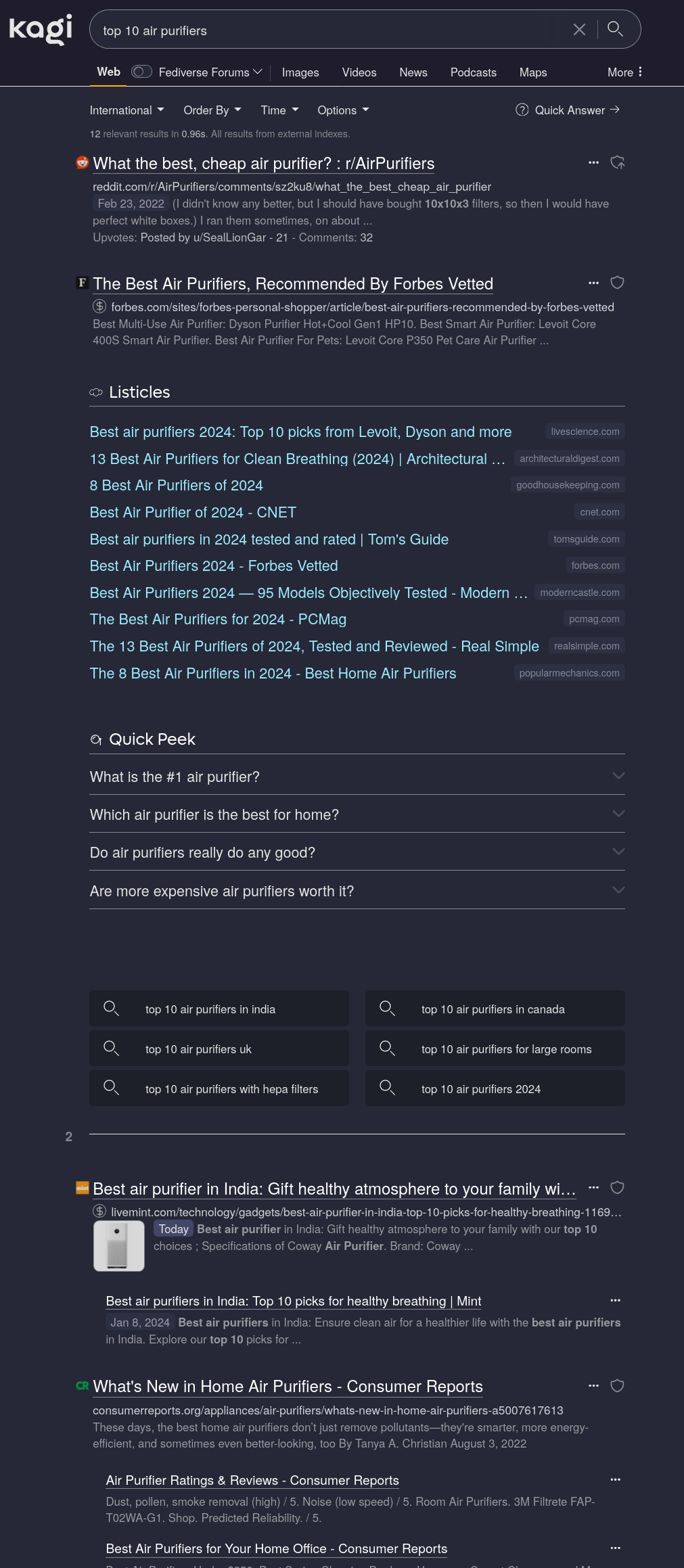It’s a central server (that you could actually self-host publicly if you wanted to) whose purpose it is to facilitate P2P connections between your devices.
If you were outside your home network and wanted to connect to your server from your laptop, both devices would be connected to the TS server independently. When attempting to send IP packets between the devices, the initiating device (i.e. your laptop) would establish a direct wireguard tunnel to the receiving device. This process is managed by the individual devices while the central TS service merely facilitates communication between the devices for the purpose of establishing this connection.






TS is a lot easier to set up than WG and does not require a publicly accessible IP address nor any public whatsoever. It’s not really comparable to setting WG up yourself; especially w.r.t. security.